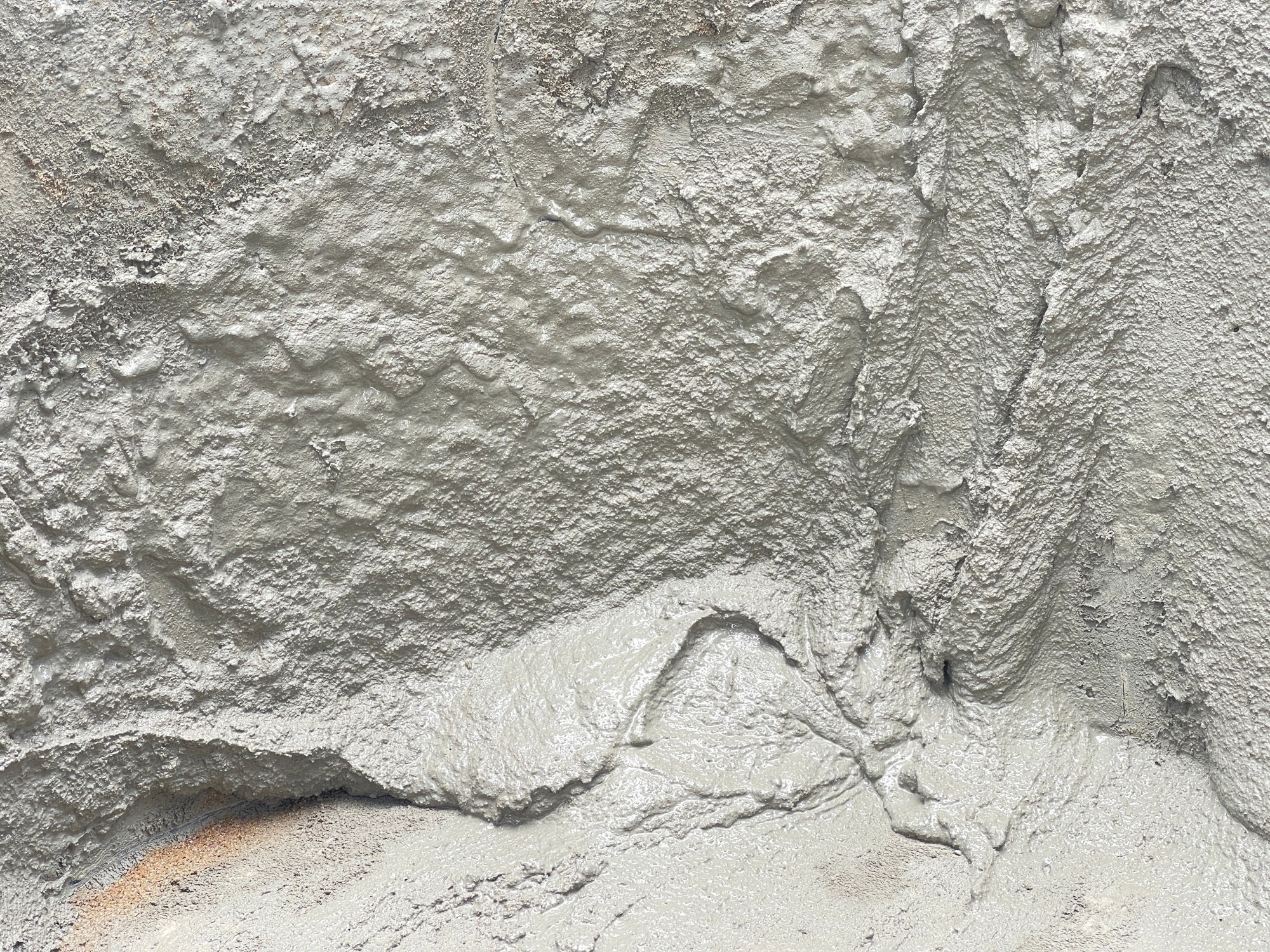Researchers have developed a magnetically driven cement-based grouting material (MDCGM) that significantly improves the repair of cracks in underwater concrete structures.
 Study: Study on the performance of new cement-based underwater building crack repair materials based on response surface analysis. Image Credit: natthawut.2529/Shutterstock.com
Study: Study on the performance of new cement-based underwater building crack repair materials based on response surface analysis. Image Credit: natthawut.2529/Shutterstock.com
Published in Scientific Reports, the study outlines how the material’s fluidity and mechanical performance were optimized using response surface methodology (RSM) and validated through experimental testing and modeling.
Background
As infrastructure projects like subways, tunnels, and bridges expand, underwater structures are increasingly common - but they come with unique durability challenges. Over time, environmental factors such as freeze-thaw cycles, wet-dry shifts, and chemical erosion from sulfates and chlorides can cause cracks and voids, reducing structural lifespan and posing safety risks.
To address these issues, various repair materials have been explored, particularly cement-based composites. However, repairing underwater concrete remains difficult. Retaining grouting material in water-saturated fractures is challenging, and the process often requires draining the area - making it time-consuming and inefficient. This study introduces MDCGM as a promising solution to these long-standing issues.
Methods
The MDCGM was formulated using 100 grams of cement, combined with varying water-cement ratios (0.8, 1.0, 1.2) and additives: Fe3O4 powder (10 %, 15 %, 20 %), bentonite (1 %, 3 %, 5 %), and flocculant (5 %, 7 %, 9 %). A truncated cone mold was used to measure slurry fluidity, and 40×40×40 mm cube samples were tested for compressive strength.
A quadratic regression model was developed using RSM to examine how the mix components influenced fluidity. The researchers designed 30 experiments based on a central composite design, including six replicates to ensure reliability. The data was analyzed through both response surface and variance analysis.
Results and Discussion
Uniaxial compression tests conducted after three and seven days of curing revealed a stress-strain behavior typical of cement mortar: pore compaction, elastic deformation, and fracture. After peaking, the stress-strain curve declined rapidly, then tapered off gradually - indicating that the material retained a degree of load-bearing capacity even after failure.
The peak strain initially increased with more Fe3O4 but later decreased; curing time had little effect on this trend. However, compressive strength increased significantly after three days, largely due to Fe3O4's ability to fill early-stage microvoids. As hydration progressed, internal porosity dropped and strength continued to rise.
The RSM analysis ranked the influence of each variable on fluidity: water-cement ratio was most impactful, followed by flocculant, bentonite, and Fe3O4. Fluidity values ranged from 212.5 mm to 437.5 mm, showing good control over the material’s workability.
Conclusion
This study introduces MDCGM as a practical solution for underwater concrete repair. The material’s fluidity and mechanical properties were effectively optimized using RSM, with strong experimental validation. Microscopic analysis showed dense hydration bonding, forming calcium silicate hydrate gel and ettringite - both indicators of durable cement performance.
Notably, increasing Fe3O4 content from 10 % to 20 % boosted the three-day compressive strength by up to 33.4 %, and the seven-day strength by 5.67 %. These findings align closely with the damage constitutive model developed by the researchers, supporting MDCGM’s potential for real-world underwater applications.
Journal Reference
Wang, N., Deng, Y., Liu, S., & Chen, L. (2025). Study on the performance of new cement-based underwater building crack repair materials based on response surface analysis. Scientific Reports, 15(1). DOI: 10.1038/s41598-025-01137-5, https://www.nature.com/articles/s41598-025-01137-5
Disclaimer: The views expressed here are those of the author expressed in their private capacity and do not necessarily represent the views of AZoM.com Limited T/A AZoNetwork the owner and operator of this website. This disclaimer forms part of the Terms and conditions of use of this website.